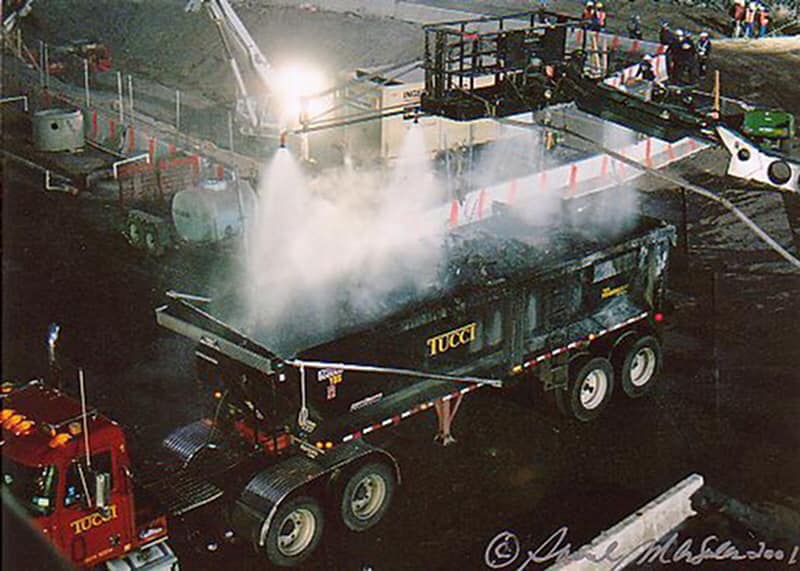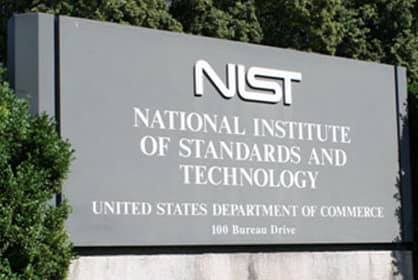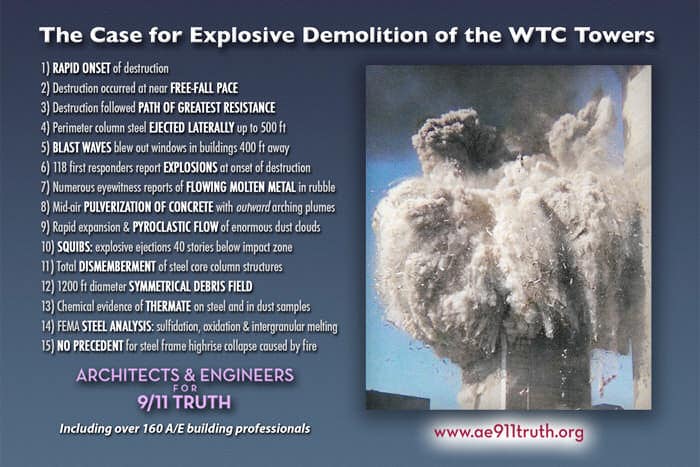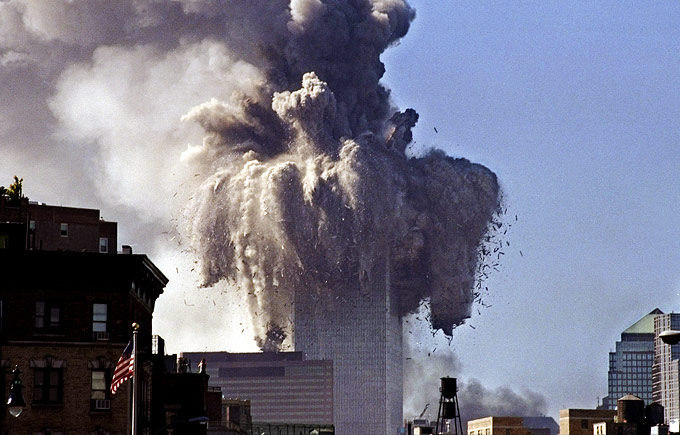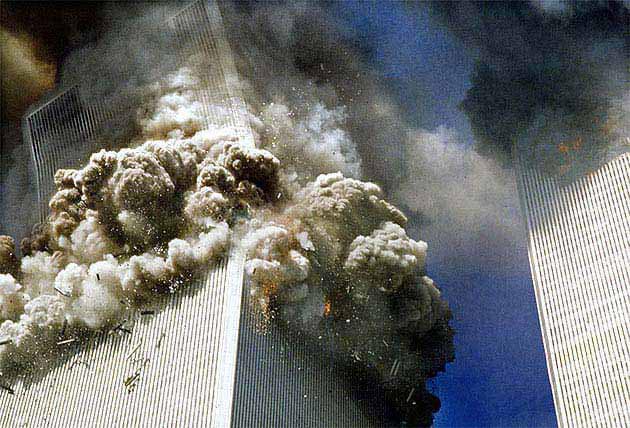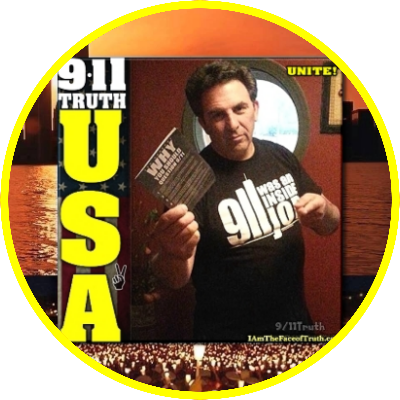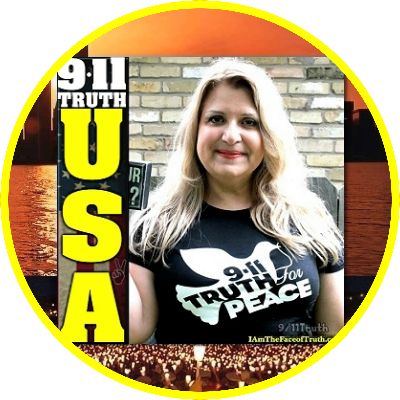The Criminal Destruction of 9/11 Evidence - Part 1
A person commits the federal crime of tampering with evidence when he or she knowingly alters, conceals, falsifies, or destroys any record, document, or tangible object with the intent to interfere with an investigation, possible investigation, or other proceedings by the federal government.
Compiled by Kevin Brant
$ELLING OUT THE INVESTIGATION
Fire Prevention & Protection
January 1, 2002 – Did they throw away the locked doors from the Triangle Shirtwaist Fire? Did they throw away the gas can used at the Happyland Social Club Fire? Did they cast aside the pressure-regulating valves at the Meridian Plaza Fire? Of course not. But essentially, that’s what they’re doing at the World Trade Center.
For more than three months, structural steel from the World Trade Center has been and continues to be cut up and sold for scrap. Crucial evidence that could answer many questions about high-rise building design practices and performance under fire conditions is on the slow boat to China, perhaps never to be seen again in America until you buy your next car.
Fire Engineering has good reason to believe that the “official investigation” blessed by FEMA and run by the American Society of Civil Engineers is a half-baked farce that may already have been commandeered by political forces whose primary interests, to put it mildly, lie far afield of full disclosure. – Editor of Fire Engineering, Bill Manning
Kevin Ryan was also on the research team led by Professor Niels Harrit, an Associate Professor at the Department of Chemistry University of Copenhagen, that produced a peer reviewed research paper that established the presence of thermitic material In the WTC dust. Thermite, or more specifically nanothermite, can account for the enormous amount of energy required to demolish the 3 towers which fell at near free fall speed on September 11, 2001.
“The fragility of the NIST report is astonishing, it literally self destructs after subjected to the slightest bit of scientific scrutiny.” – David Ray Griffin: 9/11 and the Evidence
The problems with NIST’s explanation continue… where high temperatures were said to have softened the columns and floors. NIST did tests for this as well, but then abandoned the results.
The first test… showed that less than 2% of the samples had seen temperatures above 250 °C. Another test gave the one-sided result that no samples saw temperatures above 600 °C. The obvious problem was that steel does not soften or lose significant strength at the low temperatures indicated, yet NIST’s story depends on the softening or weakening of vast quantities of structural steel.
[NIST contended] sagging floors pulled exterior columns inward. To support this, NIST…had to take a computer mock-up of a 9-story high by 9-column wide section of steel wall and perform manipulations that had no relevance to the events at the World Trade Center.
NIST removed the virtual steel from its web of support by “disconnection,” stripped off all the fireproofing, exposed it to twice the known fire time (i.e. 90 minutes), and then applied an unspecified, utterly miraculous inward pull.
NIST’s final collapse initiation step states that, after all of these unscientific manipulations, “instability spread” around the entire building. Since the buildings came down uniformly into their footprints, and did so in approximately 10 seconds, there was precious little time for instability spread.
Abby Martin interviews Kevin Ryan (2013), co-editor of the Journal of 9/11 Studies and author of ‘Another 19’, a book that explores 19 alternative suspects that he alleges had the real means and motive to pull of the 9/11 attacks. Kevin Robert Ryan is a chemist and laboratory manager, who was fired by UL in 2004 for publicly questioning the report being drafted by the National Institute of Standards and Technology (NIST) on their investigation into the collapse of the World Trade Center towers on 11 September 2001. In the intervening period, Ryan has completed additional research while his original questions, which have become increasingly important over time, remain unanswered by UL or NIST.
In 2001 Kevin Ryan was the site manager at… a subsidiary of Underwriters Laboratories (UL). UL had certified the steel in the World Trade Center buildings which were demolished September 11, 2001. In 2003 Ryan developed professional interest in the official investigation by National Institute of Standards and Technology (NIST) and by 2004 began questioning NIST directly.
This led to his termination after he went public with his findings. Why did not one or two, but three modern, steel-frame buildings completely collapse due to fire on 9/11 given that such an event had never taken place before?
Given the extensive evidence for demolition of the three towers on 9/11 assembled by Kevin Ryan and others, in 2009 and early 2010 Kevin Ryan authored four papers called “Demolition Access to the Towers” which attempt to address the issue of “Who could have placed explosives in the World Trade Center towers?” (The 4th paper will be an independent post). This post includes extended excerpts from this series.
The Twin Towers and WTC 7, all highly secure buildings, were most readily accessed by tenants, security and building management staff, and construction-related contractors.
Throughout the life of the WTC buildings, modifications were made to each structure. The modifications included upgrades to electrical, fire protection, and elevator systems, as well as general construction activities. As a rule, the Port Authority of New York and New Jersey (PANYNJ) was responsible for initiating the modifications in the public access areas, and the tenants were responsible for completing the modifications throughout the leased spaces.
On 9/11, American Airlines Flight 11 hit the north face of the north tower (WTC 1) between floors 94 and 99. In a stunning coincidence, these floors bracket those that had been upgraded for fireproofing shortly before 9/11. This coincidence was amplified by the fact that one tenant occupied all of those floors – Marsh & McLennan (Marsh), which at the time was the world’s largest insurance brokerage company.
One month after 9/11, [Paul] Bremer would become the CEO for a new division called Marsh Crisis. Interestingly, the Yale graduate Bremer had been working to complete the National Report on Terrorism, and prior to that had been managing director for Kissinger Associates. Bremer was also a member of the board for Akzo Nobel, the parent of International Paint, a company that produced a fireproofing application for skyscrapers called Interchar.
Bremer was on the international advisory board for the Japanese mining and machinery company, Komatsu. The Komatsu-Dresser mining division… patented a thermite demolition device that could “demolish a concrete structure at a high efficiency, while preventing a secondary problem due to noise, flying dust and chips, and the like.”
http://www.911review.com/articles/ryan/demolition_access_p1.html
PEOPLE FROM EVERY WALK OF LIFE ARE WAKING UP TO 9/11 TRUTH
Here are some of them on the team

